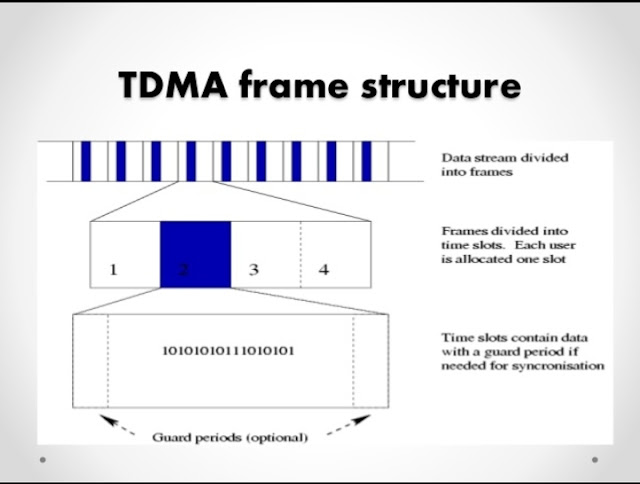Hypertext Transfer Protocol(HTTP)
HTTP stands for"Hypertext Transfer Protocol." HTTP is the protocol used to transfer data over the web. It is part of the Internet protocol suite and defines commands and services used for transmitting webpage data.
HTTP uses a server-client model. A client, for example, may be a home computer, laptop, or mobile device. The HTTP server is typically a web host running web server software, such as Apache or IIS. When you access a website, your browser sends a request to the corresponding web server and it responds with an HTTP status code. If the URL is valid and the connection is granted, the server will send your browser the webpage and related files.
Some common HTTP status codes include:
200 - successful request (the webpage exists)
301 - moved permanently (often forwarded to a new URL)
401 - unauthorized request (authorization required)
403 - forbidden (access is not allowed to the page or directory)
500 - internal server error (often caused by an incorrect server configuration)
HTTP also defines commands such as GET and POST, which are used to handle form submissions on websites. The CONNECT command is used to facilitate a secure connection that is encrypted using SSL. Encrypted HTTP connections take place over HTTPS, an extension of HTTP designed for secure data transmissions.
NOTE: URLs that begin with "http://" are accessed over the standard hypertext transfer protocol and use port 80 by default. URLs that start with "https://" are accessed over a secure HTTPS connection and often use port 443.
HTTP uses a server-client model. A client, for example, may be a home computer, laptop, or mobile device. The HTTP server is typically a web host running web server software, such as Apache or IIS. When you access a website, your browser sends a request to the corresponding web server and it responds with an HTTP status code. If the URL is valid and the connection is granted, the server will send your browser the webpage and related files.
Some common HTTP status codes include:
200 - successful request (the webpage exists)
301 - moved permanently (often forwarded to a new URL)
401 - unauthorized request (authorization required)
403 - forbidden (access is not allowed to the page or directory)
500 - internal server error (often caused by an incorrect server configuration)
HTTP also defines commands such as GET and POST, which are used to handle form submissions on websites. The CONNECT command is used to facilitate a secure connection that is encrypted using SSL. Encrypted HTTP connections take place over HTTPS, an extension of HTTP designed for secure data transmissions.
NOTE: URLs that begin with "http://" are accessed over the standard hypertext transfer protocol and use port 80 by default. URLs that start with "https://" are accessed over a secure HTTPS connection and often use port 443.



Gud work
ReplyDeleteVery good
DeleteVery good
DeleteWow very good very nice
DeleteGood
ReplyDeleteVery good and nice
ReplyDeleteIt's useful
ReplyDeleteWell nice blog 👍
ReplyDeleteThis comment has been removed by the author.
ReplyDeleteIt's useful .
ReplyDeleteIt is very useful for techogeeks to enhance their domain knowledge
ReplyDeleteThis comment has been removed by the author.
ReplyDeleteDamn Good To Information 😊 It's very Valuable🙂Thank You
ReplyDeleteWell done
ReplyDeleteGood work 👍
ReplyDeleteWork for besics and significance
Very nice and appreciated
ReplyDeleteVery nice and useful one 👌
ReplyDeleteVery useful
ReplyDeleteGood work
ReplyDeleteGood
ReplyDeleteGood work Harshada👍
ReplyDeleteGood work
ReplyDeleteIt's very useful information for every people who excess internet.
ReplyDeleteNice information Harshada.
Thank u
Delete👍👍👍🙏👍👍👍
ReplyDeleteVery well information
ReplyDeleteUsefull information
ReplyDeleteNice👍
ReplyDelete👌👍
ReplyDeleteVery well written...keep the spirit👌👍👍👍
ReplyDelete